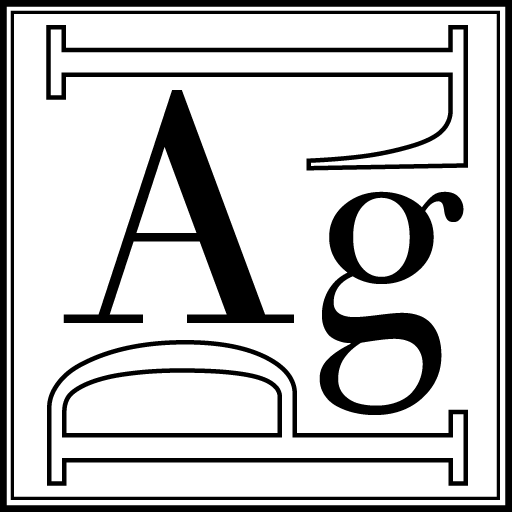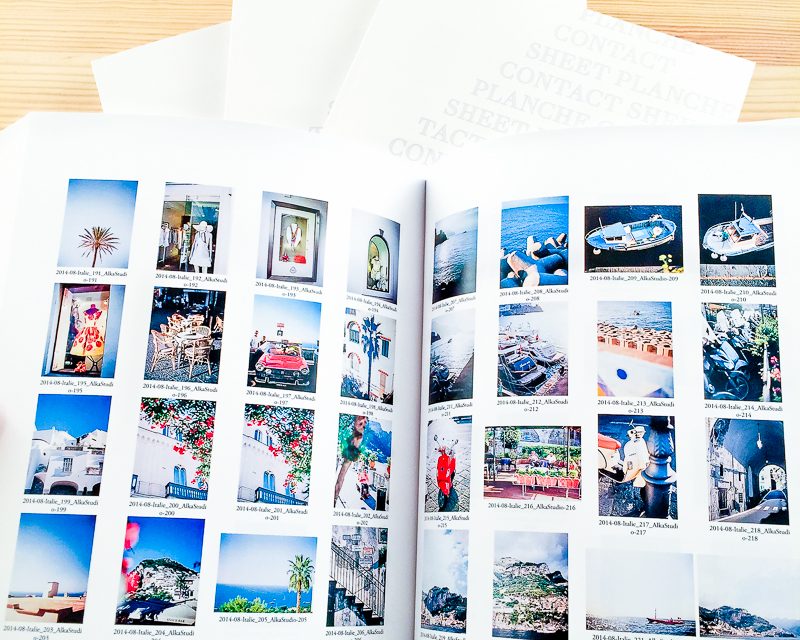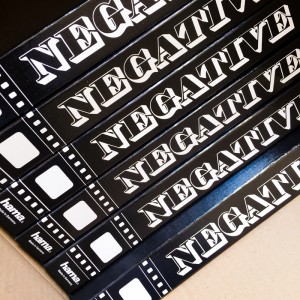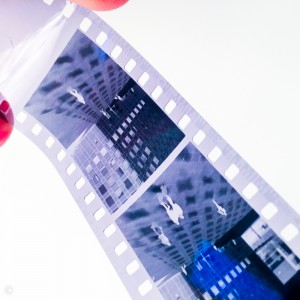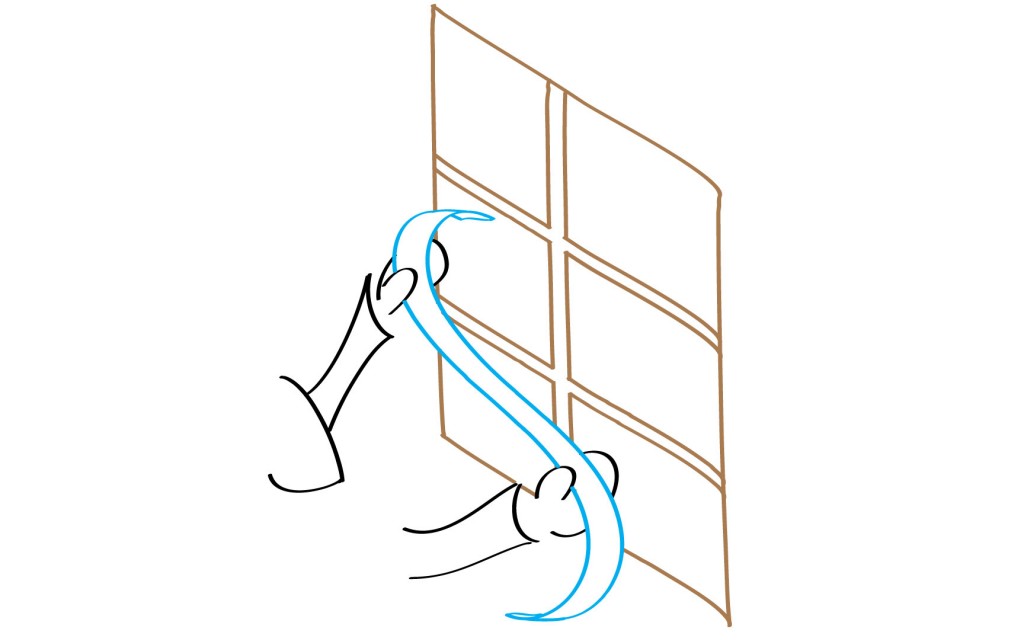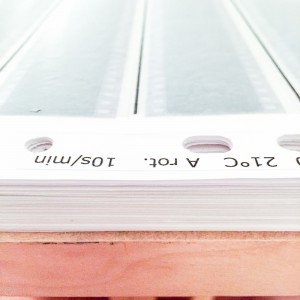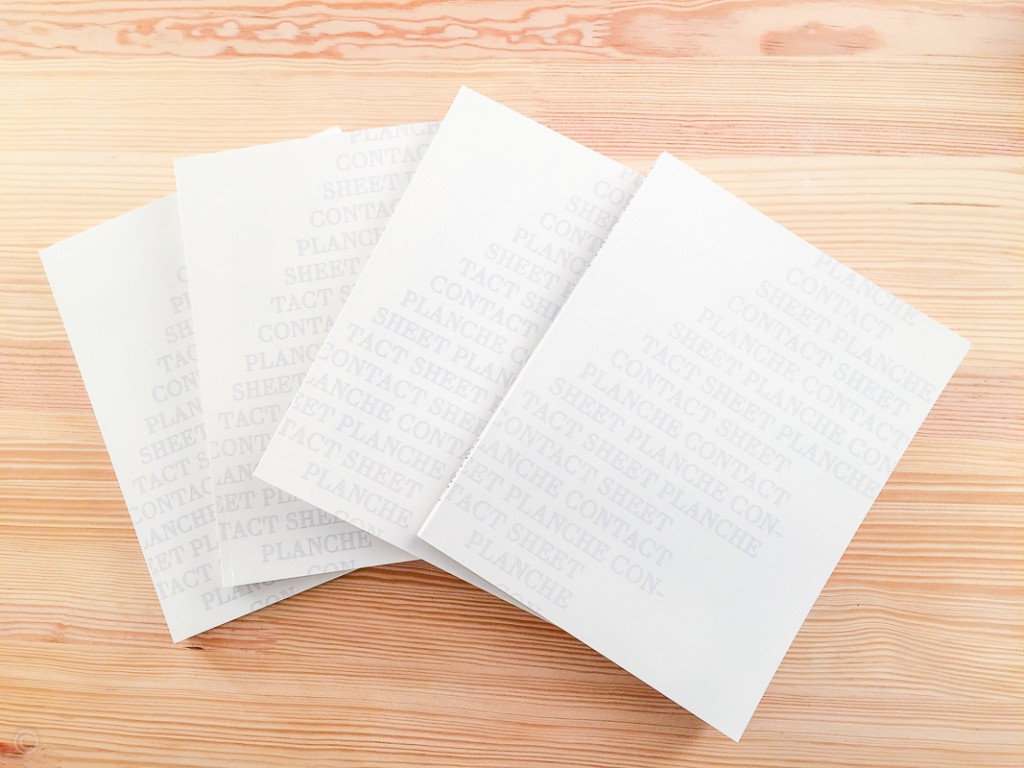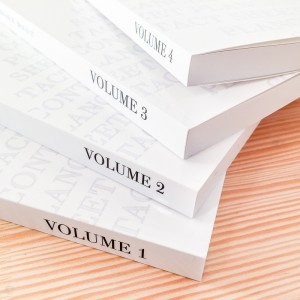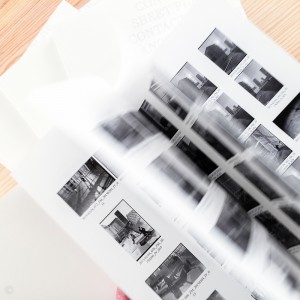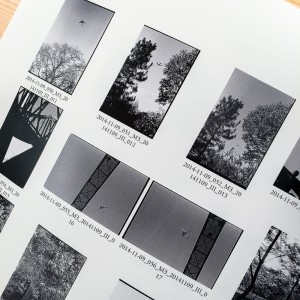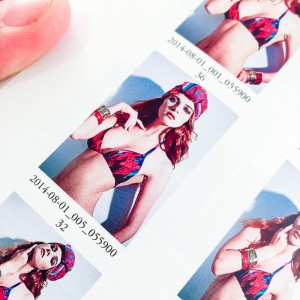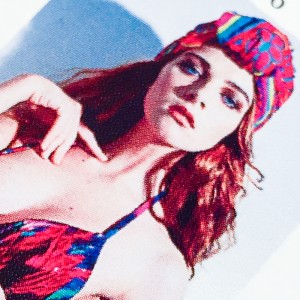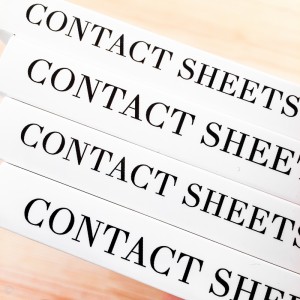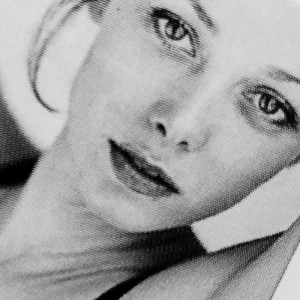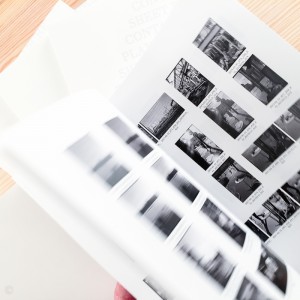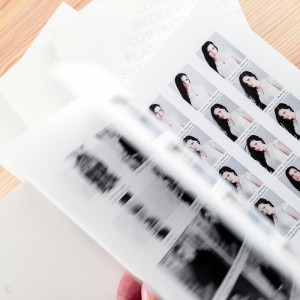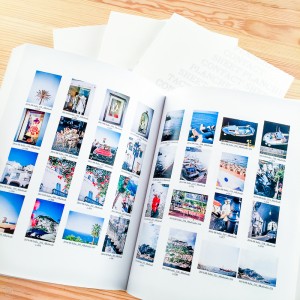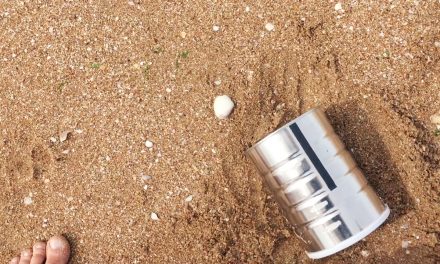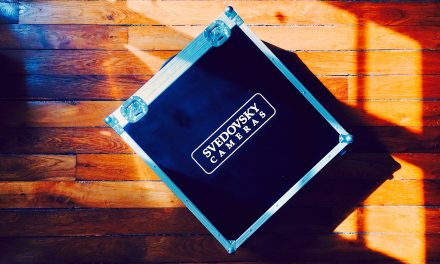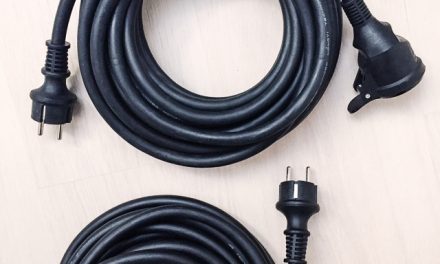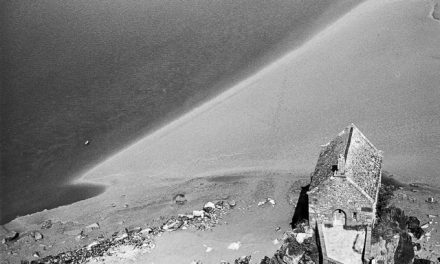Back in the analog only age the contact sheet was the most practical way to edit your work and properly file your negatives for future reference. It still is true nowadays, but when the work piles up it starts to become a small fortune you have to spend on just the managing aspect of your analog archive.
Some photographers among which a fair number of famous ones, during low revenue periods or out of necessity in the field, did cherry-pick their negs to print just by looking at the bare negatives strips on a light table of sorts.
In doing so they skept printing the contact sheets and obvousily using them all together. With habit one starts to see the image through the reverse tonal range, so albeit not ideal it is an option.
It is indeed functionnal for immediate editing but filing the work becomes a nightmare very quickly. A visual reference always helps to know what a sleeve of negs is about. So contact sheets are actually an important resource for editing over a long period of time. They are also of paramount importance to whomever may want to manage your physical archive down the line.
The hybrid approach (the scanning of negs for various purposes) does provides a solution for editing, but as for filing it does come short of a practical solution. Filing a hard disk near its matching negs sleeves does not come to mind as the most flexible method over extended periods of time.
In this day and age we are however lucky to be able to print on all sorts of media at a relatively cheap cost. And as it relates to books numerous self publishing platforms offer a viable solution for printing our contact sheets in an already binded form. It is several order of magnitude cheaper and quicker than a traditional wet darkroom silver print, which can be put to work for a better purpose: such as refining a final image print rather than an editing only purpose print.
Anyways these are the reasons that lead me to choose the “contact sheets in book” approach: it is cheap, durable, binded, and easy to edit on, flipping through pages without messing the order is an obviously bonus. And most of all the experience of editing comes back to a more physical experience, scrolling up and down or left and right through an endless screen is bordering on a visual insanity when looking at a large number of photographs.
The screen agresses you whereas the print is politely asking you to have a glance… I digress.
Now there is a small catch: the resolution of a digitally printed picture book is way lower than the one of a matching silver print. One cannot check the proper focus of an image with a loupe, all you see are the printing dots forming the image.
So for all serious intend and purposes this is a great solution to properly file your sleeves of negatives with an easily accessible reference, this is were the real value resides I think: putting together a readily accessible archive.
For editing, as in choosing your potential keepers it is up to the task, but when critical focus check has to be part of the workflow the scans themselves will have to be checked. Having culled what needs to remain unseen while flipping through pages, this approach still does lessen massively the time spent on scrolling through images.
Also let us keep in mind that critical focus in most instances does not “a good image make” and as Henri Cartier Bresson used to say: “Sharpness is a bourgeois concept”.
Regarding the way to retreive the negatives from the contact sheets, I use the filename printed as a caption to make the link. All (well almost…) my negs sleeves are dated the same way my scan files are, so it is an easy chronological search. Each contact sheets book refers to a period matching a set of negs sleeves binders following the same chronological order.
Since I have choosen this solution I’m relieved that my physical archive is much more easy to access. And a first edit of images I didn’t even paid attention to on the screen has also been made more practical and pleasant. The cost being quite accessible I don’t see a better tactile solution to manage my film archive so far.
